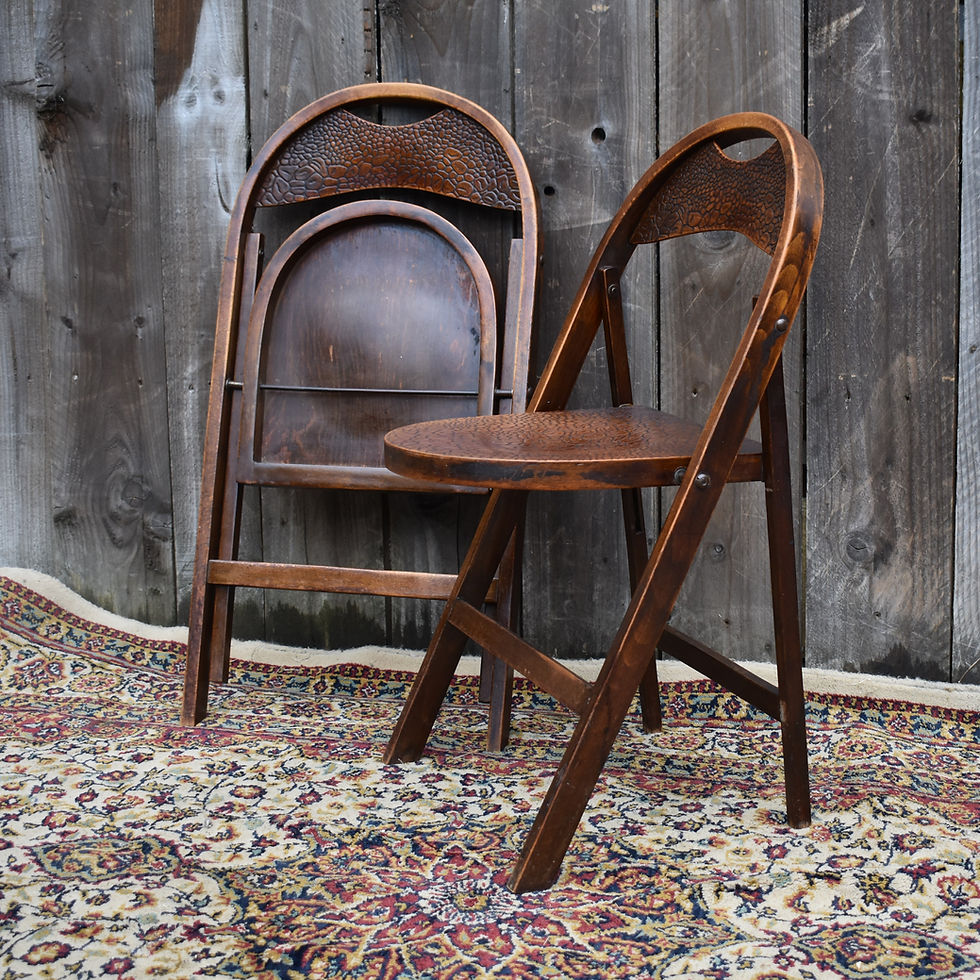No Need To Fret
- Dawn Diggines
- Sep 3, 2022
- 1 min read
Updated: Sep 25, 2022
We have had a long love affair with antique fret work mirrors. They were originally produced around the middle to end of the 1700s, during the reign of George III. In the late 1600s fewer than 10% of English households owned a mirror. During this Georgian period the popularity of owning a looking glasses grew greatly. They were a sophisticated status symbol and served to display one's taste.
During the 18th century, mirrors became popular to be staged by a window to reflect the outside scenery and mimicking expensive paintings. The illumination of formerly dark rooms was dramatically increased by the use of mirrors as candles were expensive.

Fret work mirrors were usually made from mahogany or walnut veneer. They often included gold gilt carved detail such as shells and birds.

The Ho Ho bird is a mythical bird of Japan that became popular in European furniture in the 18th Century. It has a long beak, fine curved neck and flowing. The bird was said to bring luck, symbolising good fortune; specifically longevity, fidelity and wisdom. It is often portrayed as an amalgam of several birds, including the phoenix, pheasant, stork, heron and bird of paradise. Ho ho birds occur frequently within Rococo decoration from 18th century France.

The fret work detail is really exquisite and defines the mirror beautifully.
Some examples date from the 18th century and some are later in the 19th century. They really are stunning and at Retrovation we are always sourcing examples on our travels.



Comments